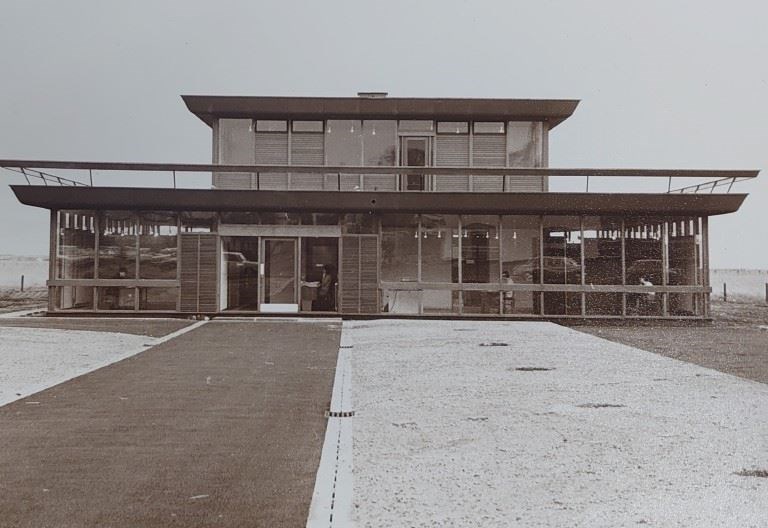
In an intriguing delve into local history, the Highland Archive Centre has unearthed a photograph capturing a significant moment in the technological evolution of the Highlands – the inception of the first computing bureau in Inverness, known as Central Computer Services (Highland) Ltd. This historical snapshot dates back to the 1969-70 Burgh of Inverness Valuation Roll, placing the pioneering establishment on Harbour Road on the Longman, amidst a sparse landscape inhabited by only a handful of businesses at the time.
Accompanying this visual relic is a semi-autobiographical account by John Durham, chronicling his experiences with the pioneering computing technology that was introduced to the Highlands. These documents not only offer a window into the technological advancements of the time but also reflect the creative solutions devised to address the practical challenges faced in the mid-1960s.
Before the advent of the microprocessor in the 1970s which revolutionized user interaction with computers, technological limitations were stark. The first computer purchased by Invergordon Distillers in the early 1960s was an ‘ICT1301’. This colossus of computing, manufactured by International Computers and Tabulators, demanded an extensive 65 square meters of floor space, weighed a whopping five tonnes, and operated on punched cards and core memory—a far cry from the sleek modern RAM known today. The process was laborious, requiring the manual input of punched cards by operators, with an agonizing wait owing to the computer’s mere 1MHz clock speed.
The sheer scale and operational demands of these early computers presented a quandary. Invergordon Distillers quickly realized the lack of programmers and technicians significantly inflated operational costs. In a bid to offset this, the distillery extended an invitation to other local businesses to utilize the system, laying the groundwork for the establishment of a dedicated computer bureau.
Thus, Central Computer Services (Highland) Ltd was born in September 1968, employing a modest team of around twenty. Reminiscences from John Durham reveal a structure ill-prepared for the Highland climate, where the flat roof frequently succumbed to leaks, necessitating emergency shutdowns and hasty mop-ups, followed by a sauna-like reheating process to dry out the premises.
The building, with its distinctive pagoda-like design, became a local landmark, subject to various expansions over the years. Originally standing in sharp contrast to the open fields behind it, its historical significance as a beacon of early computing in the Highlands has faded into obscurity. Durham poignantly observes that without the insights of those familiar with its past, its pioneering role in the digital dawn of the Highlands remains largely unrecognized by casual passers-by.
As technology continues to evolve at a blistering pace, the story of Central Computer Services (Highland) Ltd serves as a fascinating reminder of the humble beginnings from which the digital age sprang, highlighting the ingenuity and adaptability that have always been at the heart of technological progress.
Source






